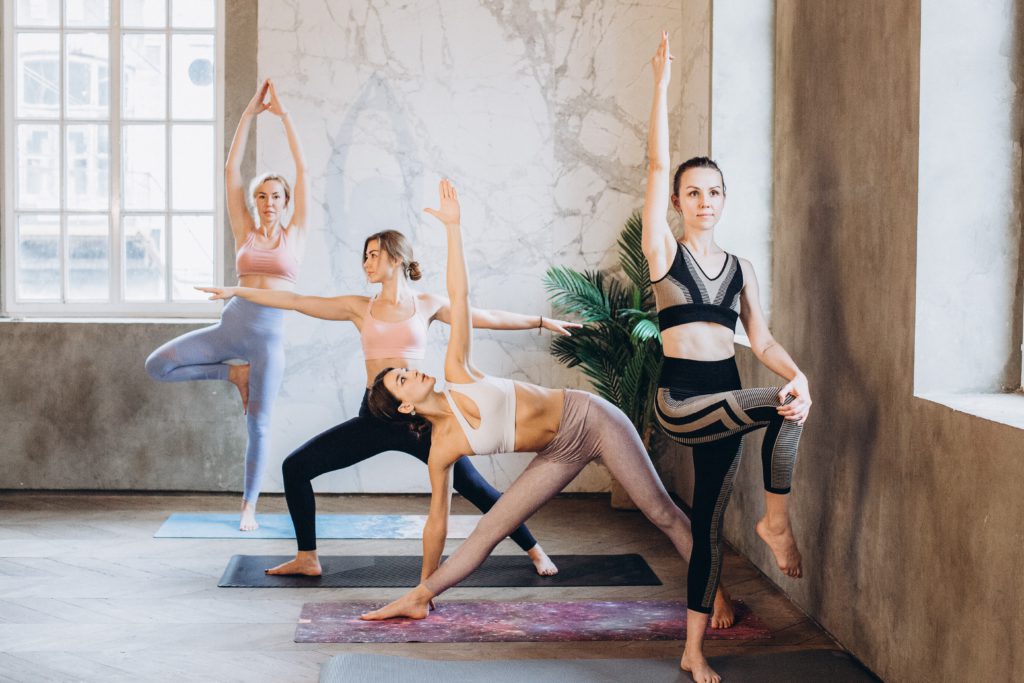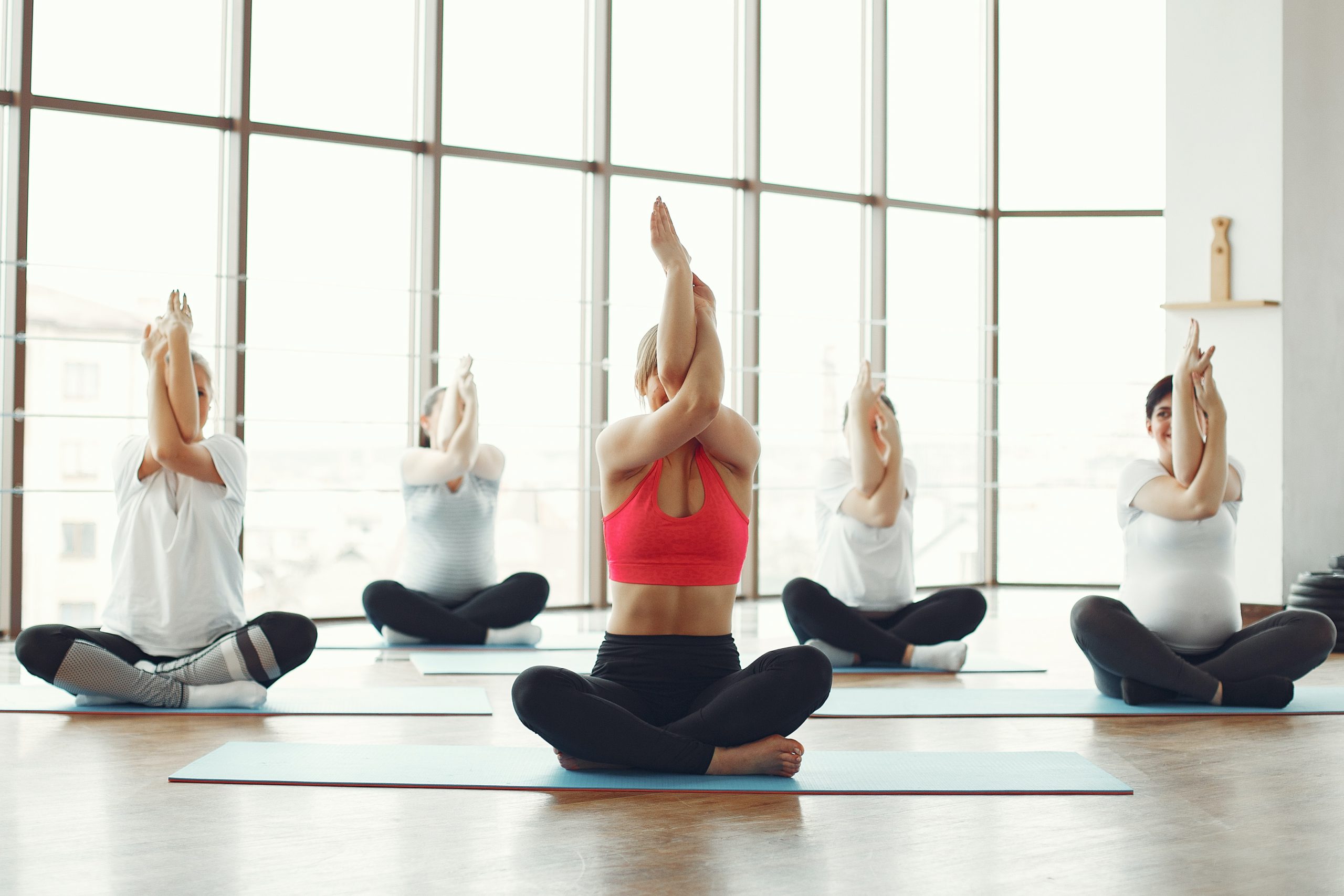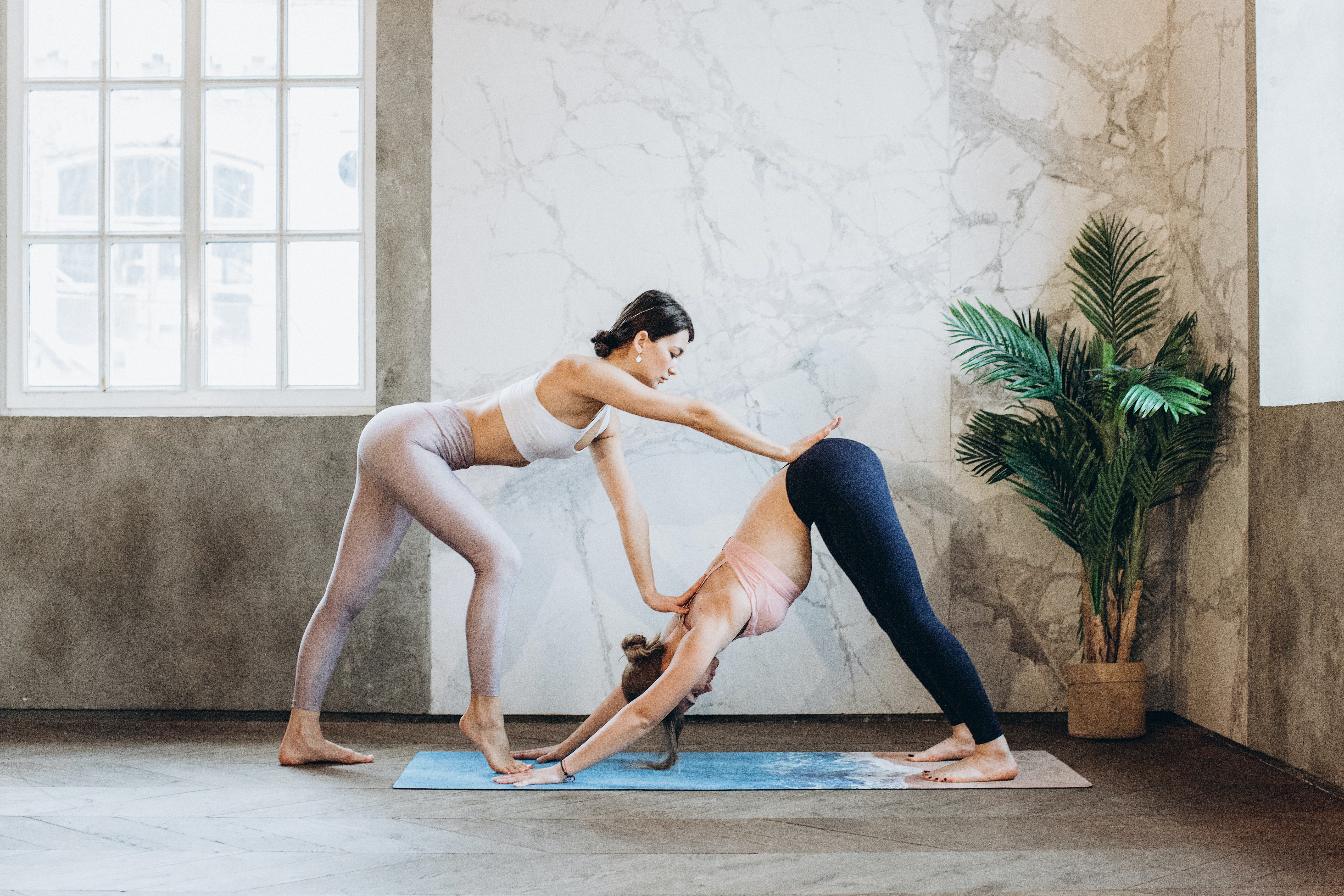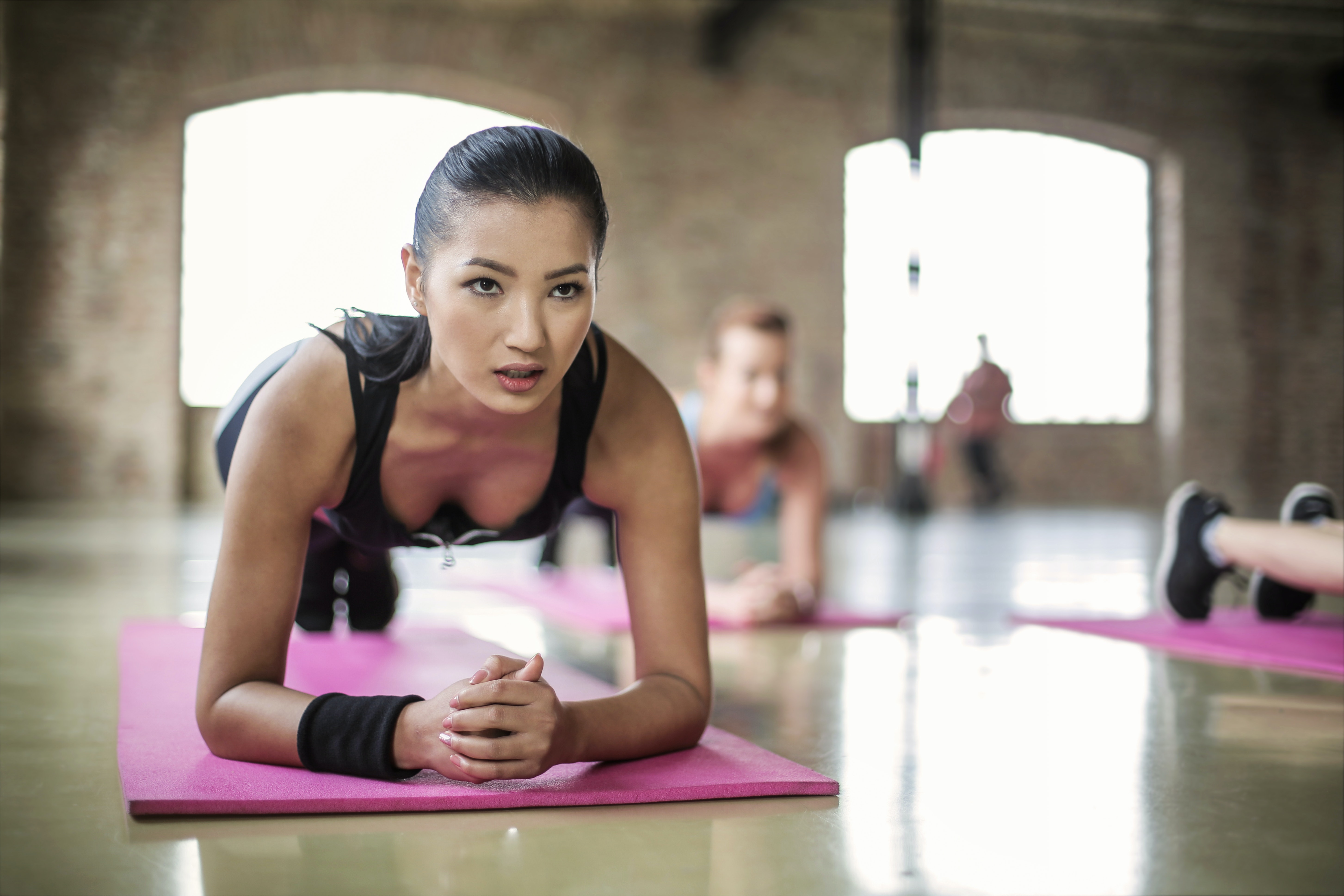
Hatha? Vinyasa? Ashtanga? How do I know which style works for me?
Upon delving into the realm of yoga, you’ll find that its history and subsequent components are quite vast. Within the last 5,000 years following the birth of yoga, many different subsets of yoga have been developed, each with different benefits, techniques, and difficulty levels. Certainly, perusing through the various types of yoga as you search for the right class to attend can be overwhelming. To help you find the type of yoga that suits you best, we’ll be exploring some of the most popular styles of yoga and provide you with a better idea of what to expect!
Hatha
The term “hatha” is quite a broad one – it is used to refer to any form of yoga that pairs breathing techniques with physical postures (e.g., ashtanga, vinyasa). However, hatha has colloquially come to refer to yoga classes that are slow-paced and gentle. These classes entail more guidance than some of the more advanced forms of yoga, which make hatha an excellent category for beginners who are just starting out! In a hatha class, you’ll likely get a more in-depth description of basic yoga poses, as well as more involved instructions and assistance in order to properly execute these poses. However, hatha yoga is not only for beginners; it’s a wonderful option for more advanced yogis, too! Although this style of yoga is usually not as physically rigorous as some of the other styles, it is equally filled to the brim with health benefits, which include increased physical endurance as well as stress reduction.

Yin
Yin yoga is well-known for its relaxing, passive, and slow-paced nature. At a yin yoga class, you can expect to enter and remain in poses for minutes at a time, much like a form of meditative practice. Though yin yoga is certainly less physically demanding than other forms of yoga, it has been popularized for its compelling perks. Stretching into and holding yin poses are meant to target and stimulate the connective tissues, which ultimately lead to improved circulation, tension relief, and increased flexibility. Yin yoga can be an excellent means of achieving flexibility and improving organ and circulatory health without having to breaking a sweat!
Ashtanga
Ashtanga is a style of yoga that places great focus on the synchronization of breath and physical postures. Each movement is meant to be accompanied by specific breathing techniques; this encourages the yogi to be mindful of their breath work throughout the session. Ashtanga is made up of six series, each with a sequence of poses that are designed to be performed in a progressive manner. This style of yoga is phenomenal for those looking to detoxify and strengthen their bodies and sharpen their mental focus and concentration. Fair warning: Ashtanga yoga can be very physically demanding, and may be too challenging for a beginner who is newly embarking on their yoga journey.
Bikram/Hot Yoga
Bikram yoga was popularized in the 1970s, and is often simply referred to as “hot yoga.” However, while Bikram yoga relies on a specified sequence of 26 poses, “hot yoga” sessions may sometimes deviate from this sequence. Bikram yoga classes are usually conducted with the help of very active heaters; many studios turn the temperature up as high as 105 degrees Fahrenheit. The extensive heat is meant to encourage a heavy sweat and subsequently eliminate toxins from the body. Additionally, the combination of a heated environment and yoga practice is said to promote organ oxygenation throughout the system. Bikram yoga can be incredibly challenging, particularly for beginners (and even advanced yogis), and for those who possess underlying health conditions.

Vinyasa
Vinyasa yoga entails a sequence of poses that are strung together with flowing, seamless movements. The transitions are marked by breath work, allowing yogis to feel more connected to their bodies as they commit to a sweeping vinyasa sequence. The great thing about vinyasa yoga is that it is not defined by parameters that limit certain other styles of yoga. Vinyasa classes may be varied depending on the instructor, and will involve an immense variety of poses that engage virtually every aspect of the body. You may find one vinyasa sequence to be calm and relaxing, while the next may be energizing and physically invigorating. Given the diverse nature of vinyasa, this style of yoga is applicable to yogis of all levels!
Power Yoga
Power yoga is exactly what it sounds like: a form of yoga characterized by its fast pace, intense cardio workout, and high-energy ambiance. That being said, “power yoga” is quite a general style of yoga. It is often linked to Vinyasa and Ashtanga, though it does bear some innovative tweaking. Power yoga was designed to attract a new demographic made up of athletes, fitness enthusiasts, and just about anyone who wants to break a major sweat and feel their heart palpably pump through their chest. It can be a great option for those who want to improve their cardiovascular health, shed a few pounds, or build up their stamina! For those seeking a physically intense, fast-paced workout that directly incorporates yoga poses, Power Yoga may be just what you’re looking for!

One of the greatest perks of yoga is that it is able to accommodate those of all levels, health conditions, and ages! We hope this cheat sheet will be helpful to all those seeking new forms of yoga and exercise options! And for those who would like to take it one step further: MixPose is pleased to offer a variety of yoga classes! We welcome you to check out our schedule and join a live yoga class straight from the comfort of your home.


